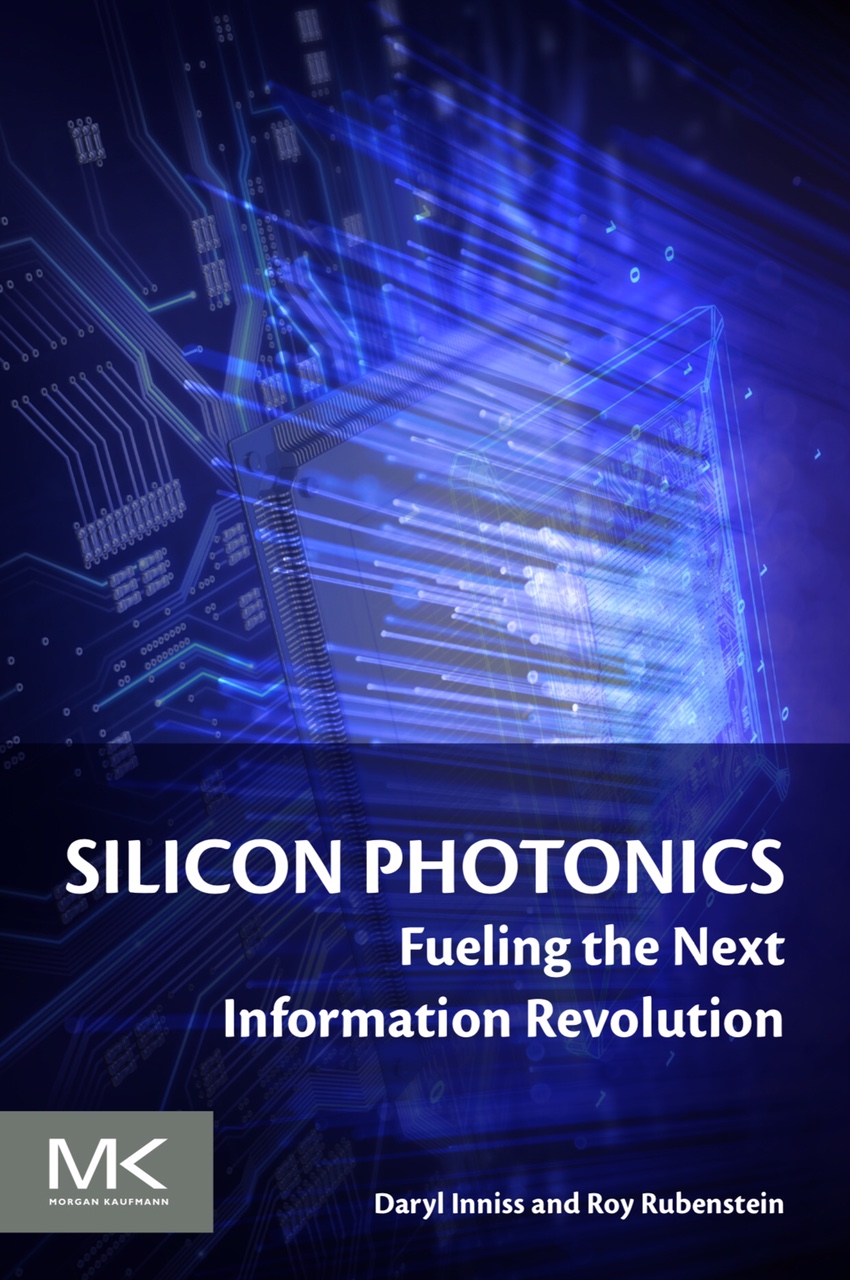Ciena becomes a computer weaver
 Thursday, September 25, 2025 at 10:25AM
Thursday, September 25, 2025 at 10:25AM - Ciena is to buy optical interconnect start-up Nubis Communications for $270 million.
- The deal covers optical and copper interconnect technology for data centres
Ciena has announced its intention to buy optical engine specialist Nubis Communications for $270 million. If the network is the computer, Nubis' optical engine and copper integrated circuit (IC) expertise will help Ciena better stitch together AI's massive compute fabric.
 Source: Ciena
Source: Ciena
Ciena signalled its intention to target the data centre earlier this year at the OFC show when it showcased its high-speed 448-gigabit serialiser-deserialiser IC technology and coherent lite modem. Now, Ciena has made a move for start-up Nubis, which plays at the core of AI data centres.








